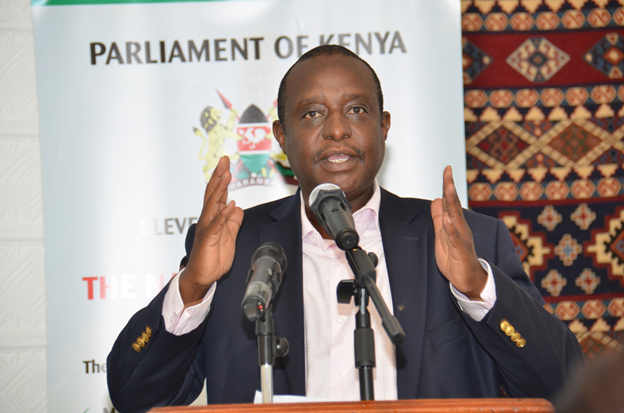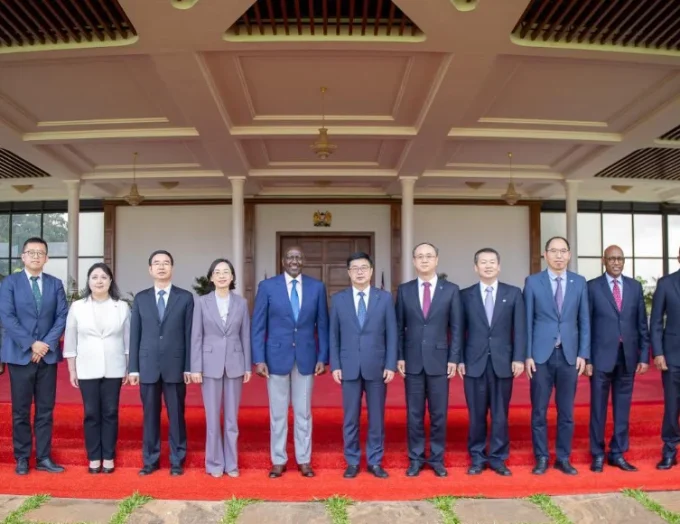The International Monetary Fund (IMF) has raised its assessment of the chance of Kenya’s external debt distress to moderate from low due to increasing refinancing risks and narrower safety margins in East Africa’s biggest economy.
The Bretton Woods institution estimates Kenya’s total public debt will peak at 63.2% of gross domestic product this year and gradually decline over the medium term. This compares with 58% in 2017 and 53.2% in 2016, when the nation ramped up infrastructure projects, Bloomberg reports.
“The higher level of debt, together with rising reliance on non-concessional borrowing, have raised fiscal vulnerabilities and increased interest payments on public debt to nearly one fifth of revenue, placing Kenya in the top quartile among its peers,” the IMF told Bloomberg in an emailed statement.
It urged the National Treasury to refinance debt using concessional loans to lengthen maturities in the coming year and limit commercial credit for projects with high social and economic returns.
While most of Kenya’s public debt is concessional, the commercial portion has increased after the nation issued Eurobonds in 2014 and February 2018, and extended the maturity of a syndicated loan to seven years earlier this year.
External creditors hold about half of the country’s public debt, and multilateral lenders account for about 40 percent of that.
The IMF also urged the central bank to allow “greater exchange-rate flexibility,” given well-anchored inflation expectations and adequate reserves, saying this would boost the shilling’s role as a potential shock absorber.













3 Comments